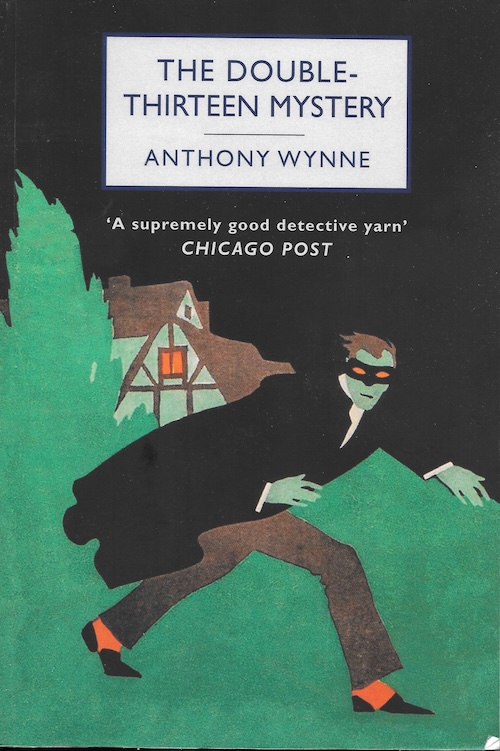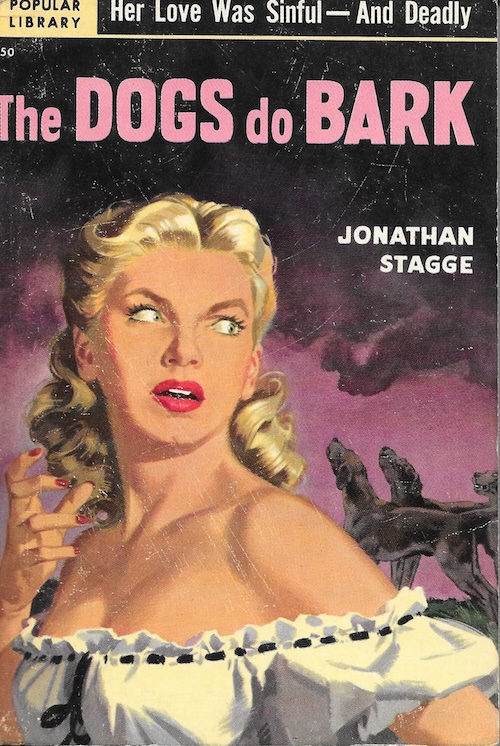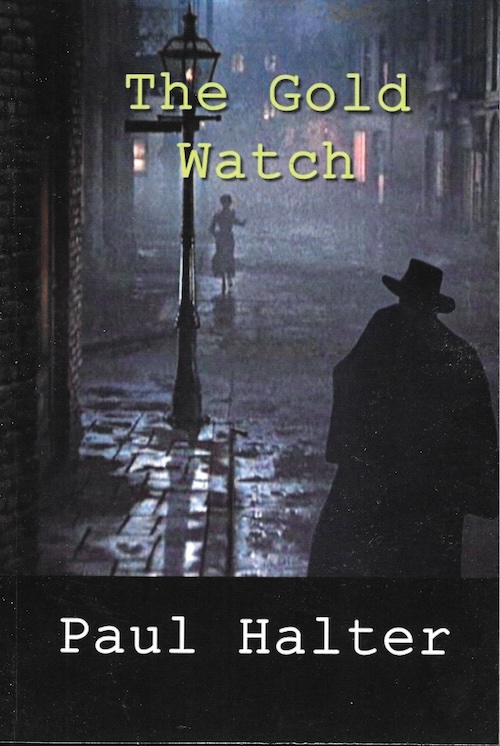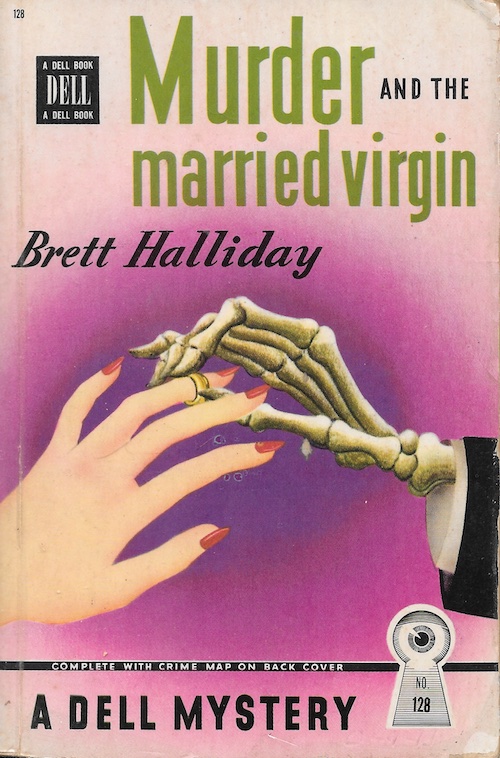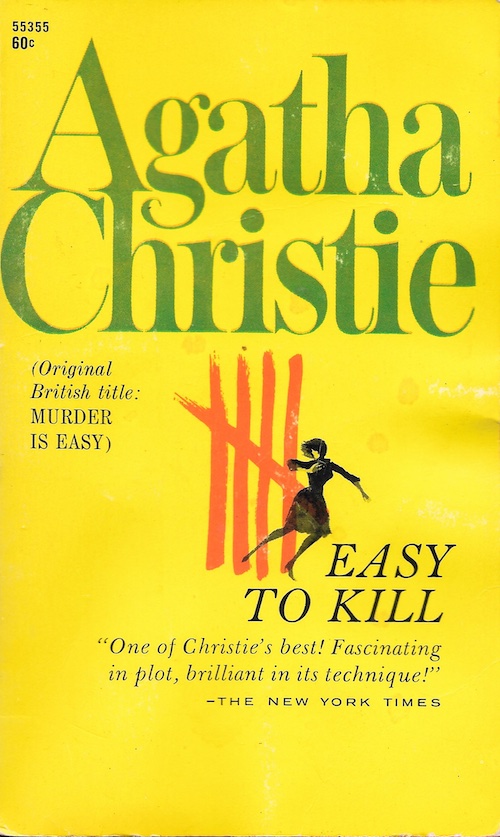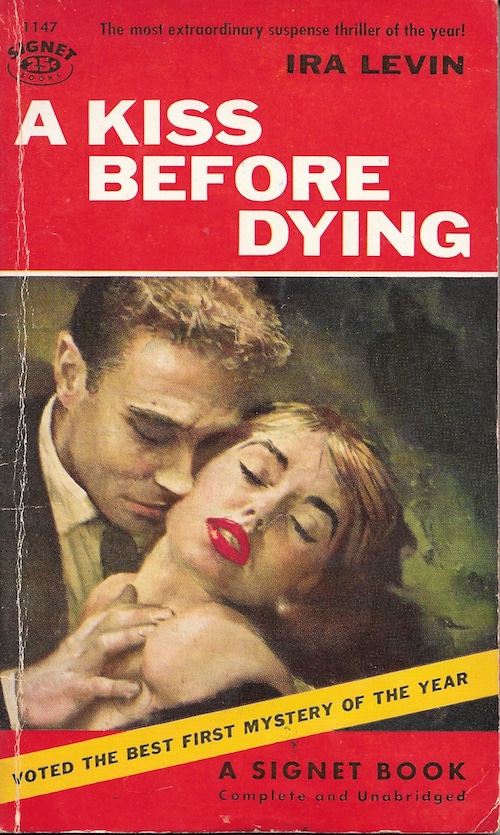A 2021 post about The Anthony Boucher Chronicles over at Cross Examining Crime tipped me off to some (now) obscure locked room mysteries that Boucher had reviewed back in the day. I first tried my luck with One of These Seven, which turned out to be a pretty vapid pulp mystery that didn’t even feature an impossible crime (there may have been a door that was technically locked, but no question about how anyone could have gained access). Fortunately, my next attempt – Murder and the Married Virgin – does indeed feature an impossibility. A woman seemingly has committed suicide by gassing herself in her bedroom after locking herself inside. It’s a locked room mystery if you accept that the death wasn’t actually suicide.
That the locked room murder comes into play fairly early in the story is promising, as it provides plenty of ground to turn the puzzle upside down and inside out. Unfortunately, Murder and the Married Virgin is not a puzzle-focused mystery. It’s a novel about private eye Mike Shayne, hired by an insurance company to investigate a stolen necklace. Mike Shayne is the absolute definition of the generic American private eye. He’s a trench coat wearing, liquor swigging brute that woman can’t resist. That includes his plucky secretary, and there’s a sexual tension that will inevitably simmer just below the surface throughout the entire series. If Mike Shayne has any traits that stand out, they’re his red hair and the fact that cognac is his booze of choice. Beyond that, it’s pure stereotype, as Shayne inevitably gets knocked out, framed, arrested, and ultimately clears his name. I sense that happens in every one of his books.
Continue reading “Murder and the Married Virgin – Brett Halliday (1944)”
